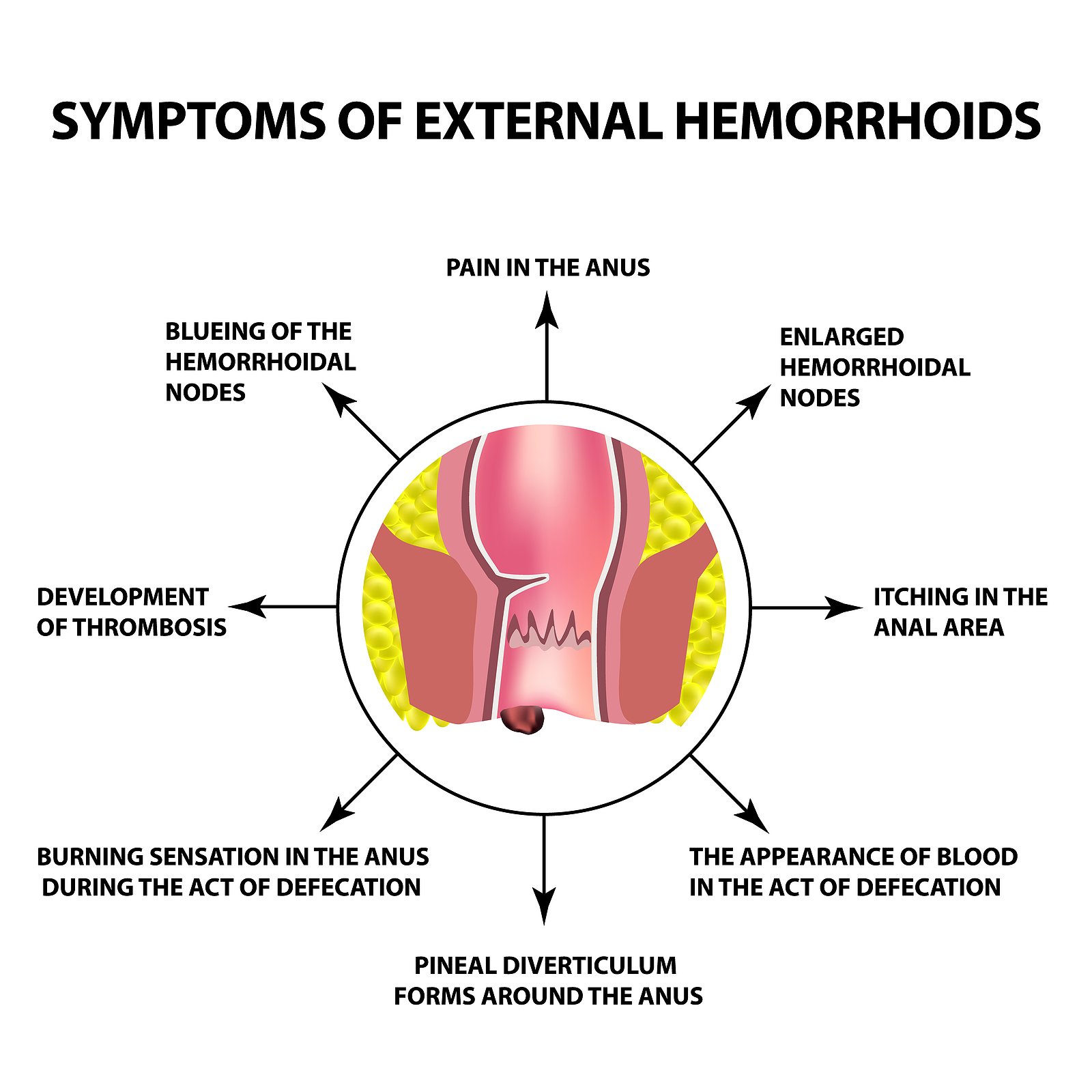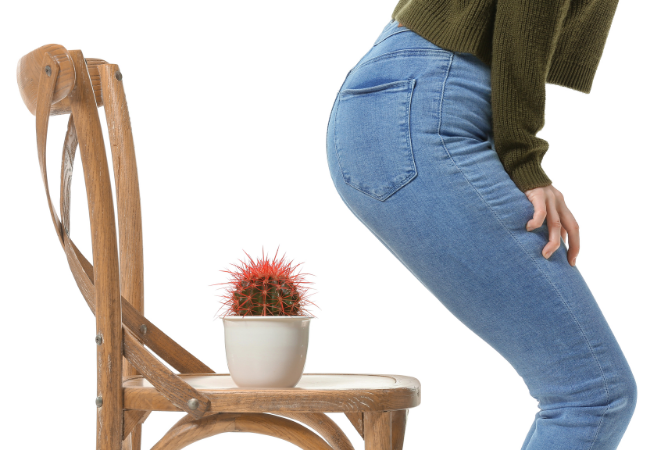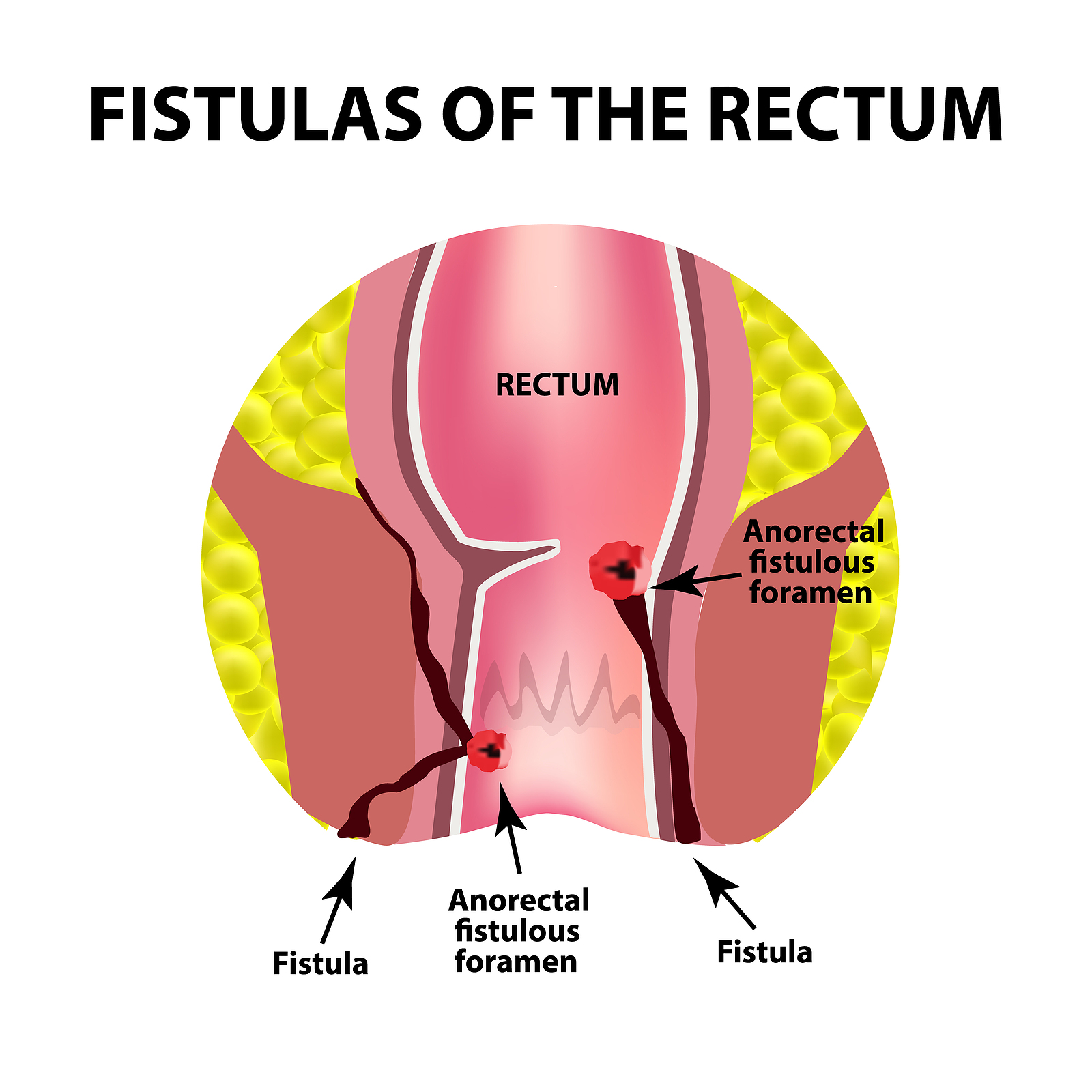
If you are experiencing rectal bleeding, it is extremely important to visit a doctor. Although it may be a symptom of hemorrhoids, rectal bleeding can also be a symptom of a number of far more serious conditions, including colorectal cancer. Hemorrhoids are generally diagnosed via a physical exam.
Treatment of hemorrhoids depends on their severity and the degree of discomfort the cause. Many cases of hemorrhoids, particularly those resulting from pregnancy and/or childbirth, resolve themselves on their own with a minimum of treatment others may become chronic.
Anemia with grade I and Grade II piles or symptomatic Grade III and Grade IVpiles, surgery is the only option
An anal fissure or rectal fissure is a break or tear in the skin of the anal canal. It may occur when passing large or hard stools, straining during childbirth, or experiencing bouts of diarrhoea. The crack in the skin exposes the muscle tissue underneath, causing severe pain and bleeding during and after bowel movements.
Non-surgical treatments are recommended initially for acute and chronic anal fissures. These include topical nitroglycerin or calcium channel blockers (e.g. diltiazem). Other measures include warm sitz baths, topical anesthetics, high-fiber diet and stool softeners.

Most anal fissures are caused by stretching of the anal mucosa beyond its capability. An anal fissure most often occurs when passing large or hard stools. Chronic constipation or frequent diarrhoea can also tear the skin around the anus. Other common causes of anal fissures include:
An anal fissure may cause one or more of the following symptoms:
Surgical procedures are generally reserved for people with anal fissure, who have tried medical therapy for at least one to three months and it has not healed. It is not the first option in treatment.

An anal fistula is a small tunnel that develops between the end of the bowel and the skin near the anus (where poo leaves the body). They're usually the result of an infection near the anus causing a collection of pus (abscess) in the nearby tissue. When the pus drains away, it can leave a small channel behind.
A transrectal ultrasound or an MRI of the pelvis is necessary to diagnose and delineate a fistula tract. This acts as a road map for the surgeon, ensuring a proper surgery.
Surgery is almost always necessary to cure an anal fistula. The surgery is performed by a surgeon. The goal of the surgery is a balance between getting rid of the fistula while protecting the anal sphincter muscles, which could cause incontinence if damaged.
Unfortunately, despite proper treatment and complete healing, an abscess or a fistula can come back. If an abscess comes back, it suggests that perhaps there is a fistula that needs to be treated. If a fistula comes back, additional surgery will likely be required to treat the problem.
Pilonidal sinus is midline opening formed by a cyst or an abscess near the tailbone that often contains hair, dirt and skin debris.
It is thought that the combination of buttock friction and shearing forces in that area causes broken hairs which collect there and drill through the midline skin and enter the skin by the suction created by movement of the buttocks. The body considers this hair foreign and launches an immune response against it and this immune response forms the cyst around your hair

Limberg Flap- The rhomboid (Limberg) flap. The flap design places the longitudinal axis of the rhomboid excision parallel to the line of minimal skin tension
